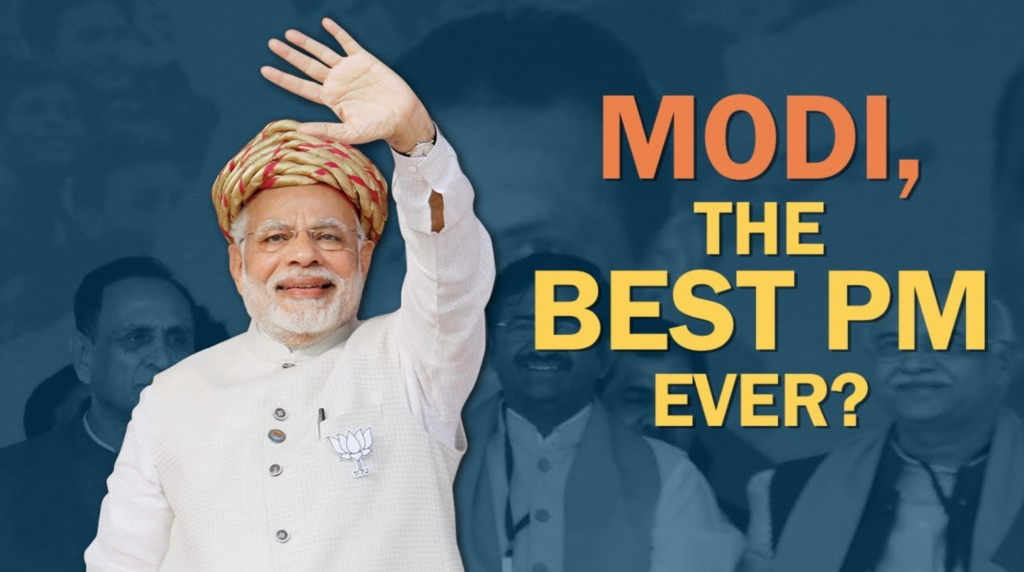Since 2014, the Indian government under the leadership of Prime Minister Narendra Modi has implemented various schemes and initiatives aimed at improving the lives of citizens in different areas. Some of the notable schemes and initiatives are:
Ayushman Bharat:
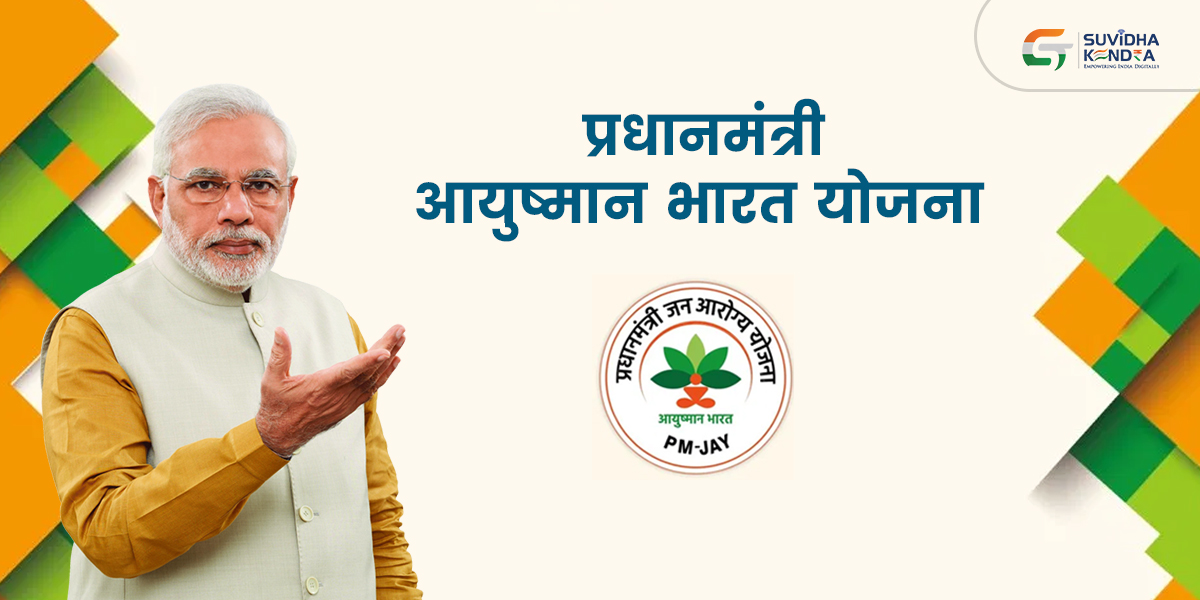
The Ayushman Bharat Pradhan Mantri Jan Arogya Yojana (AB-PMJAY) is a health insurance scheme launched by the Indian government in 2018. The scheme provides free healthcare coverage of up to Rs. 5 lakhs per family per year for secondary and tertiary hospitalization expenses to around 10 crore families (approximately 50 crore people) in India. Here are some key statistics related to the scheme:
- As of March 2022, more than 2.8 crore hospitalizations have been authorized under the scheme, and over Rs. 35,000 crore has been spent on hospitalization expenses.
- The scheme covers over 24,000 medical procedures, including major surgeries, critical care, and cancer treatment, among others.
- As of March 2022, more than 14.5 crore e-cards have been issued under the scheme, enabling beneficiaries to avail of cashless treatment at empaneled hospitals across India.
- The scheme covers both public and private hospitals, and over 24,000 hospitals have been empaneled under the scheme as of March 2022.
- The scheme has been credited with reducing out-of-pocket healthcare expenses for beneficiaries and improving access to quality healthcare in rural and remote areas of the country.
- These statistics demonstrate the impact of the Ayushman Bharat scheme in providing financial protection and healthcare access to millions of families in India.
PM-KISAN Samman Nidhi:

PM-KISAN Samman Nidhi Yojna is a central government scheme launched in 2019 that provides income support to small and marginal farmers in India. The scheme provides an income support of Rs. 6,000 per year to eligible farmers, payable in three equal installments. Here are some key statistics related to the scheme:
- As of March 2022, over 14 crore farmers have been covered under the scheme, with more than Rs. 1.17 lakh crore disbursed as income support.
- The scheme has been implemented across all states and union territories in India, providing financial assistance to farmers in both rural and urban areas.
- The scheme is implemented through direct benefit transfer (DBT), with the funds directly transferred to the bank accounts of the beneficiaries.
- The scheme aims to provide financial stability to small and marginal farmers, enabling them to meet their farming and household expenses.
- The scheme has been credited with reducing the financial burden on farmers and improving their livelihoods, especially during times of crop failure and economic distress.
These statistics demonstrate the impact of the PM-KISAN Samman Nidhi scheme in providing income support to millions of small and marginal farmers across India.
Pradhan Mantri Jan Dhan Yojana:
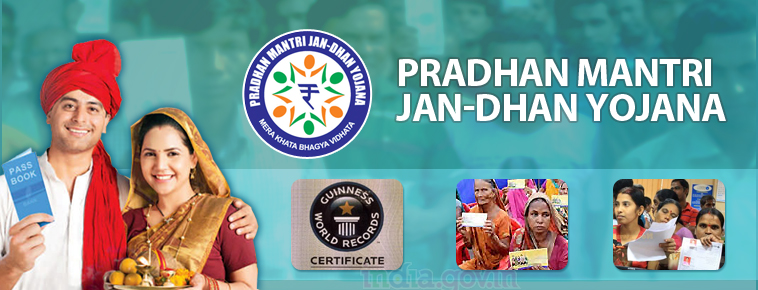
Pradhan Mantri Jan Dhan Yojana (PMJDY) is a financial inclusion scheme launched by the Indian government in 2014. The scheme aims to provide universal access to banking facilities for all households in India, especially those in remote and rural areas. Here are some key statistics related to the scheme:
- As of March 2022, over 43 crore bank accounts have been opened under the scheme, with a total balance of over Rs. 1.52 lakh crore.
- The scheme provides a range of banking services, including account opening, deposit, withdrawal, and remittance services, as well as overdraft and insurance facilities.
- The scheme has been implemented across all states and union territories in India, with a special focus on women, economically weaker sections, and socially marginalized communities.
- The scheme has been credited with promoting financial inclusion, reducing the gender gap in banking, and improving access to financial services for millions of unbanked households in India.
- The scheme has also facilitated the transfer of various government benefits and subsidies directly to the bank accounts of beneficiaries, promoting transparency and efficiency in the delivery of welfare schemes.
These statistics demonstrate the impact of the Pradhan Mantri Jan Dhan Yojana in promoting financial inclusion and improving access to banking facilities for millions of unbanked households in India.
Ujjwala Yojana:

Ujjwala Yojana is a social welfare scheme launched by the Indian government in 2016, aimed at providing free LPG (Liquefied Petroleum Gas) connections to women from below poverty line households. The scheme aims to promote clean cooking fuel, reduce indoor air pollution, and empower women. Here are some key statistics related to the scheme:
- As of March 2022, over 8.8 crore LPG connections have been provided under the scheme, covering more than 80% of the target beneficiaries.
- The scheme has been implemented across all states and union territories in India, with a focus on rural and remote areas where access to clean cooking fuel is limited.
- The scheme provides a subsidy of Rs. 1,600 to eligible beneficiaries for the purchase of a new LPG connection, along with a free gas stove and regulator.
- The scheme has been credited with improving the health and well-being of women and children, reducing indoor air pollution, and promoting clean energy.
- The scheme has also generated employment opportunities for women entrepreneurs, who have been trained to become LPG distributors under the scheme.
These statistics demonstrate the impact of the Ujjwala Yojana in promoting clean cooking fuel and empowering women in India.
Pradhan Mantri MUDRA Yojana:
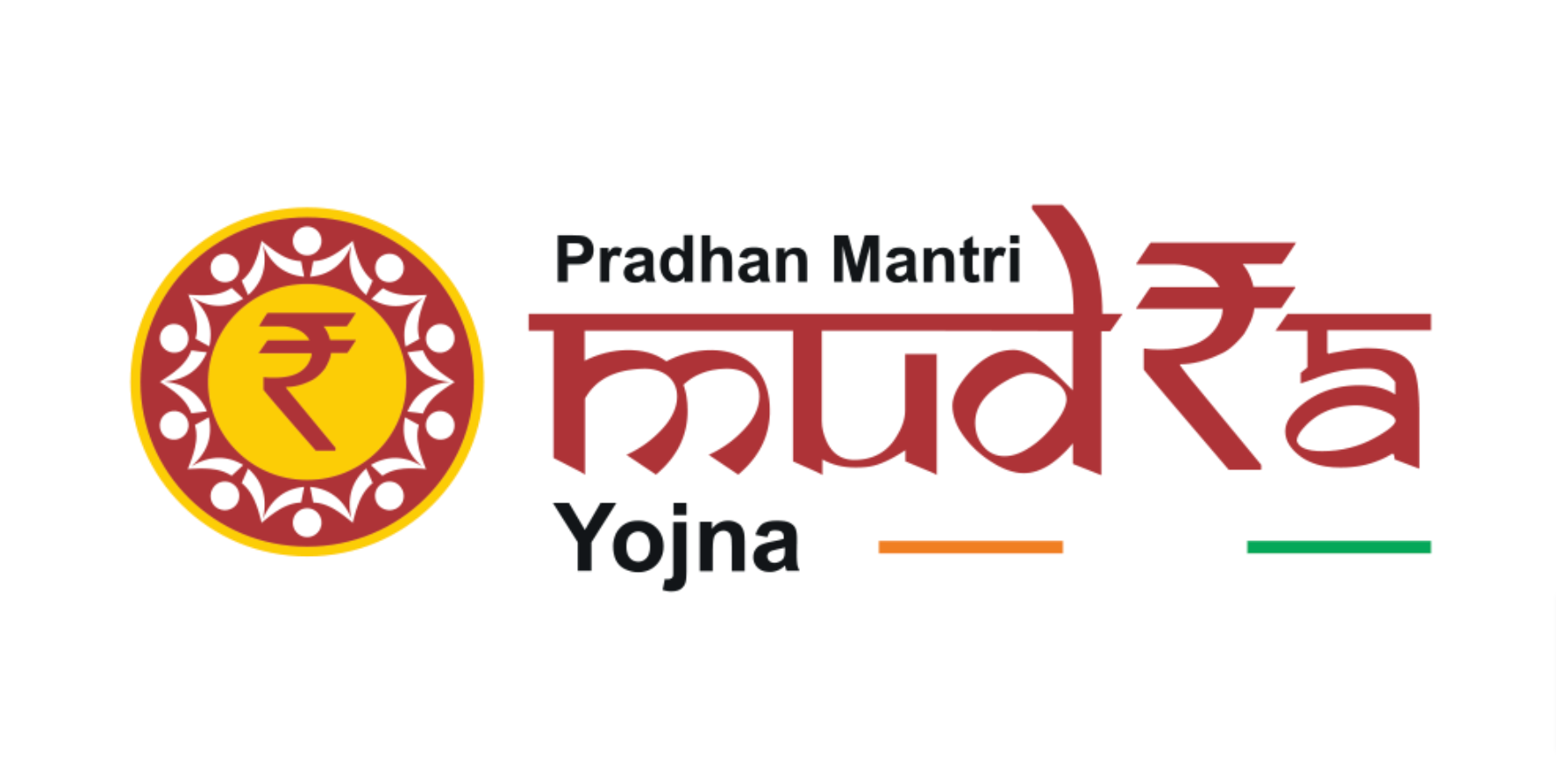
MUDRA Yojana (Micro Units Development and Refinance Agency Yojana) is a government scheme launched in 2015 aimed at providing financial assistance to small and micro-enterprises in India. Here are some key statistics related to the scheme:
- As of March 2022, over 30 crore loans have been sanctioned under the scheme, with a total disbursement of over Rs. 17.5 lakh crore.
- The scheme provides loans ranging from Rs. 50,000 to Rs. 10 lakh to micro and small enterprises, promoting self-employment and entrepreneurship.
- The scheme has been implemented across all states and union territories in India, with a special focus on women, backward classes, and minorities.
- The scheme has been credited with promoting financial inclusion, generating employment opportunities, and boosting economic growth and development.
- The scheme has also facilitated the growth of several industries and sectors, including manufacturing, agriculture, and services.
These statistics demonstrate the impact of the MUDRA Yojana in providing financial assistance to small and micro-enterprises and promoting self-employment and entrepreneurship in India.
Pradhan Mantri Kaushal Vikas Yojana (PMKVY)
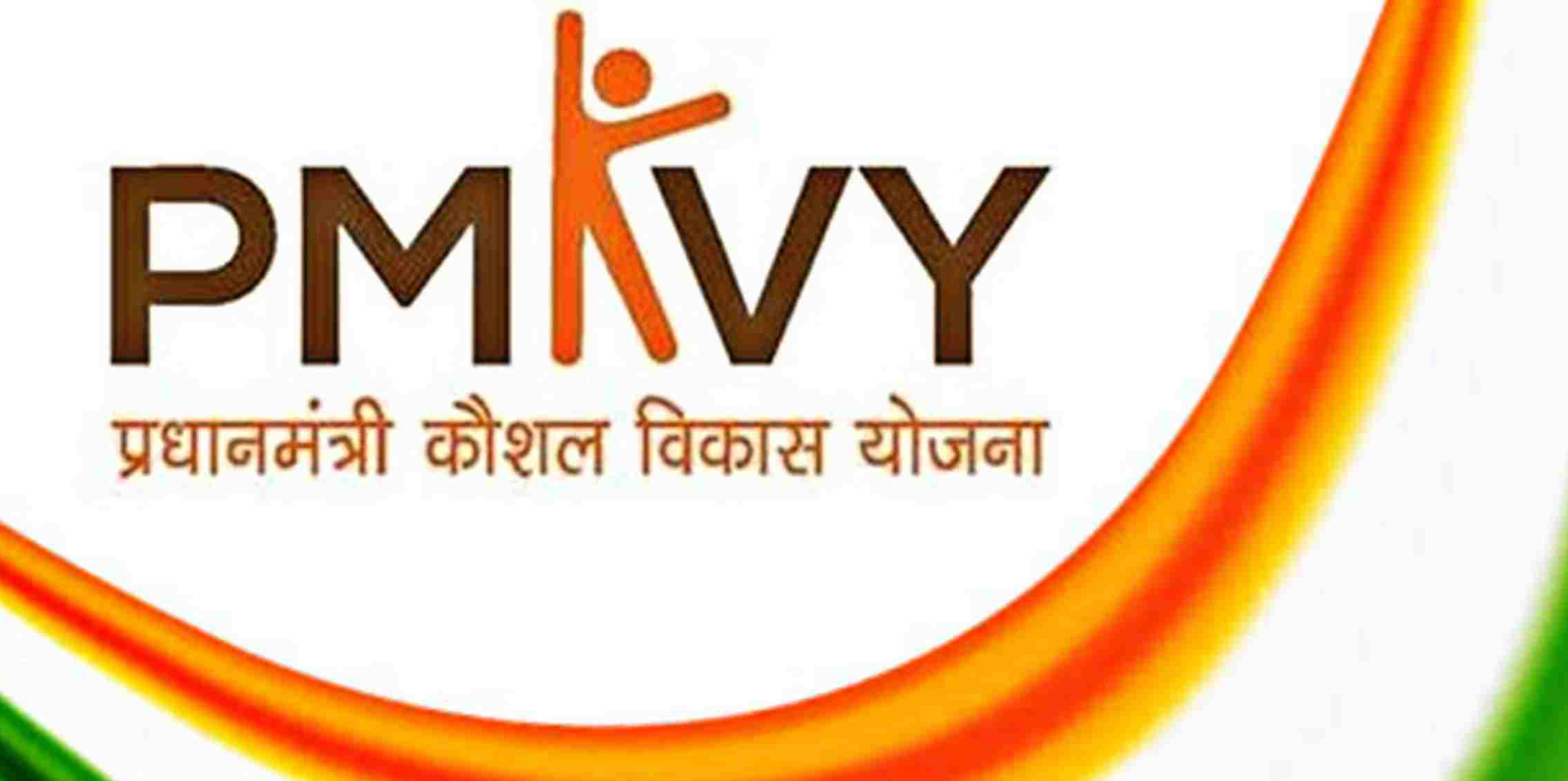
Pradhan Mantri Kaushal Vikas Yojana (PMKVY) is a skill development scheme launched by the Indian government in 2015. The scheme aims to provide training and certification to youth in various skills to enhance their employability and promote entrepreneurship. Here are some key statistics related to the scheme:
- As of March 2022, over 98 lakh candidates have been trained under the scheme, with a total outlay of over Rs. 10,000 crore.
- The scheme provides training in over 6,000 trades and skills, ranging from traditional skills such as carpentry and masonry to modern skills such as digital marketing and robotics.
- The scheme has been implemented across all states and union territories in India, with a special focus on youth from economically weaker sections and socially marginalized communities.
- The scheme has been credited with promoting skill development, enhancing employability, and addressing the skill gap in various industries and sectors.
- The scheme has also facilitated the growth of several industries and sectors, including manufacturing, services, and entrepreneurship.
These statistics demonstrate the impact of the Pradhan Mantri Kaushal Vikas Yojana in promoting skill development and enhancing the employability of youth in India.
Pradhan Mantri Garib Kalyan Anna Yojana (PMGKAY)

Pradhan Mantri Garib Kalyan Anna Yojana (PMGKAY) is a scheme launched by the Government of India in March 2020 to provide food security to the poor during the COVID-19 pandemic. Under this scheme, five kilograms of food grains per person per month are provided to the eligible beneficiaries.
As of September 2021, over 80 crore people have benefited from this scheme, and a total of 109.63 lakh metric tonnes of food grains have been distributed. The scheme has been extended until November 2021 to ensure food security for the poor during the ongoing pandemic.
The following table shows the distribution of food grains under PMGKAY in different states of India as of September 2021:
| State | Food grains distributed (in lakh MT) |
|---|---|
| Uttar Pradesh | 22.52 |
| Bihar | 14.01 |
| Madhya Pradesh | 10.34 |
| Rajasthan | 7.65 |
| Maharashtra | 7.59 |
| West Bengal | 6.94 |
| Gujarat | 6.80 |
| Odisha | 6.30 |
| Andhra Pradesh | 4.85 |
| Karnataka | 4.32 |
| Tamil Nadu | 4.18 |
| Telangana | 3.96 |
| Punjab | 3.81 |
| Haryana | 3.55 |
| Chhattisgarh | 3.54 |
| Jharkhand | 3.44 |
| Assam | 3.28 |
| Kerala | 2.33 |
| Uttarakhand | 1.16 |
| Himachal Pradesh | 0.51 |
| Jammu and Kashmir | 0.47 |
| Tripura | 0.41 |
| Manipur | 0.27 |
| Meghalaya | 0.24 |
| Goa | 0.09 |
| Nagaland | 0.08 |
| Arunachal Pradesh | 0.07 |
| Mizoram | 0.06 |
| Sikkim | 0.02 |
| Andaman and Nicobar | 0.01 |
| Dadra and Nagar Haveli | 0.01 |
| Lakshadweep | 0.00 |
| Puducherry | 0.00 |
Pradhan Mantri Awas Yojana
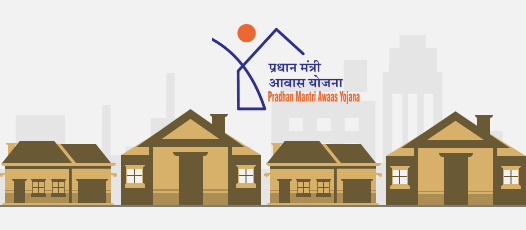
Pradhan Mantri Awas Yojana (PMAY) is a housing scheme launched by the Government of India in June 2015 to provide affordable housing to the urban and rural poor. The scheme has two components – PMAY Urban and PMAY Gramin.
As of September 2021, the following are the key statistics related to PMAY:
PMAY Urban:
- Over 1.12 crore houses have been sanctioned under PMAY Urban.
- Around 73.85 lakh houses have been grounded for construction, out of which nearly 43.22 lakh houses have been completed.
- Maharashtra, Uttar Pradesh, Tamil Nadu, Karnataka, and Gujarat are the top five states in terms of the number of houses sanctioned under PMAY Urban.
PMAY Gramin:
- Over 2.85 crore houses have been sanctioned under PMAY Gramin.
- Around 2.64 crore houses have been completed and over 15.34 lakh houses are under construction.
- Uttar Pradesh, West Bengal, Madhya Pradesh, Bihar, and Rajasthan are the top five states in terms of the number of houses sanctioned under PMAY Gramin.
- Overall, the PMAY scheme has made significant progress towards achieving the government’s target of “Housing for All” by 2022.
These are some of the notable schemes implemented by the Indian government under the leadership of Prime Minister Narendra Modi after 2014.
*all the statics are taken from different source of knowledge and not fact-checked by us.

